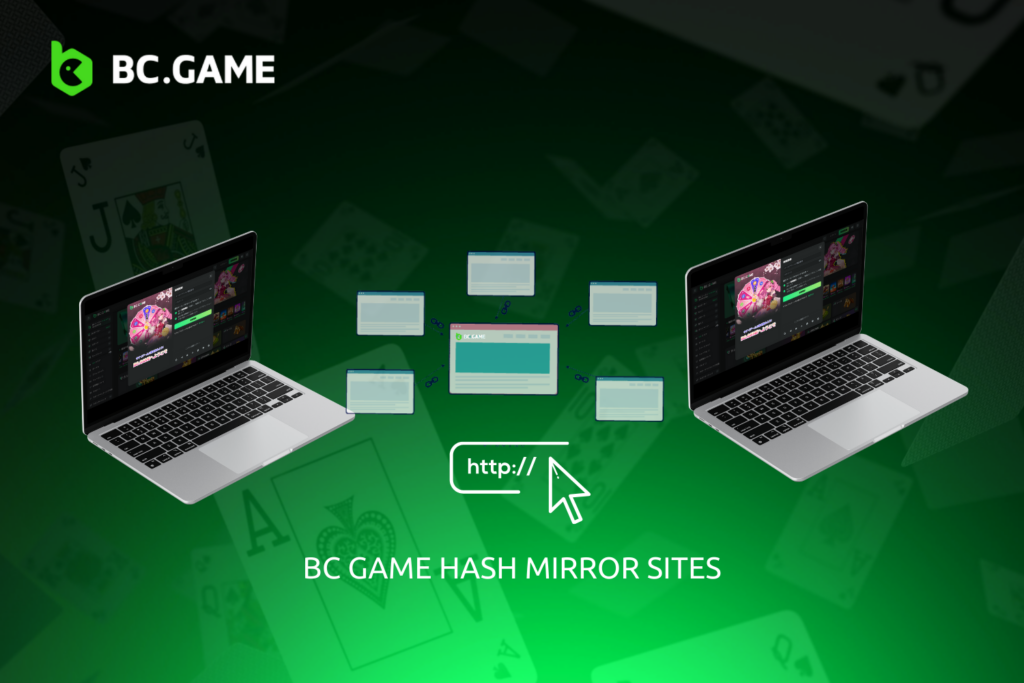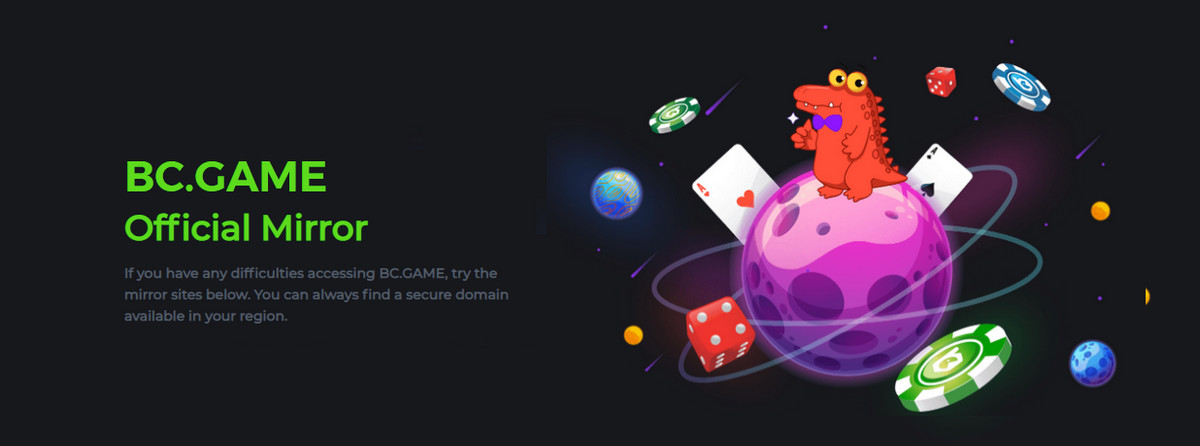The Thrill of the Hash Game A New Era in Gaming

The Thrill of the Hash Game: A New Era in Gaming
The Hash Game hash game is not just another fleeting trend in the vast landscape of the gaming industry; it is a significant innovation that has introduced unique dimensions to the world of gaming. As technology advances, so do the expectations and experiences of gamers. The fusion of blockchain technology with gaming mechanics has led to the emergence of hash games, capturing the imagination of players and developers alike. In this article, we will explore what hash games are, how they work, their benefits, their challenges, and their potential future in the gaming ecosystem.
What is a Hash Game?
A hash game can be defined as a type of game that utilizes blockchain technology to ensure transparency, security, and fairness. The core concept revolves around the use of hashes – cryptographic algorithms that convert input data into a fixed-size string of characters, which can then be utilized to validate transactions and ensure the integrity of game data. Unlike traditional games that operate on centralized servers, hash games distribute game data across a decentralized network, enabling players to truly own their in-game assets and have a direct say in the game’s economy.
Understanding Blockchain Technology
To fully comprehend how hash games function, it is essential to have a basic understanding of blockchain technology. A blockchain is a decentralized ledger that records all transactions across a network of computers. It operates on concepts of transparency, immutability, and consensus, making it an ideal backbone for gaming applications that require trust and accountability among users.
Mechanics of Hash Games

At their core, hash games typically incorporate several key mechanics, which function in harmony to create an engaging gaming experience. These mechanics include:
- Decentralized Ownership: In a hash game, players can own unique digital assets (like skins, characters, or items) verified on the blockchain. This means that the items belong to the players, not the game developers, enabling secondary markets for trading and selling.
- Smart Contracts: These are self-executing contracts with the terms of the agreement directly written into code. In hash games, smart contracts facilitate transactions, enforce game rules, and automate various game functions without requiring intermediaries.
- Play-to-Earn Mechanics: Unlike traditional games where players invest time and effort without tangible returns, many hash games adopt play-to-earn models. Players can earn cryptocurrency or tokens by completing objectives, winning battles, or participating in various in-game activities.
- Provable Fairness: Hash games can utilize the blockchain’s nature to provide players with proof that the game outcomes are fair and not manipulated. Players can verify the results of actions taken within the game.
Benefits of Hash Games
The advent of hash games brings numerous benefits not just to players, but also to developers and the broader gaming ecosystem:
- Enhanced Security: With the decentralized nature of blockchain, hash games are less vulnerable to hacking and cheating, providing players a safer gaming experience.
- Real Ownership: Players possess genuine ownership of their digital assets, with the ability to transfer or sell them as they see fit, creating real-world value from in-game achievements.
- Community Engagement: By allowing players to have a stake in the game economy, hash games foster a stronger connection between the game community and developers, often leading to a collaborative development process.
- Innovative Revenue Models: Developers can create diverse revenue streams by offering in-game purchases not as traditional microtransactions but rather as investments into a player’s digital collection.
Challenges Facing Hash Games
Despite their benefits, hash games are not without challenges:
- Scalability Issues: Many blockchain networks struggle with handling large volumes of transactions, which can hinder gameplay experience during peak times.
- Regulatory Concerns: The intersection of gaming and cryptocurrency has attracted scrutiny from regulators, raising questions about how to classify and manage these digital assets.
- Accessibility: Technical barriers can deter the average gamer from fully engaging with hash games, as understanding blockchain technology may be daunting for some.
- Market Volatility: Players’ earnings through cryptocurrencies can be influenced by market fluctuations, affecting their motivations and financial security.

The Future of Hash Games
Looking ahead, the future of hash games seems promising. As the technology behind blockchain continues to evolve, we may see advancements in scalability and user accessibility that open doors for wider adoption. Collaborations between gaming studios and blockchain projects can lead to even more innovative game designs and revenue models.
Popular Examples of Hash Games
Several hash games have already made significant strides in the industry:
- Axie Infinity: A pioneer in the play-to-earn space, this game allows players to breed, battle, and trade creatures called Axies. It has gathered a massive user base and generated millions in revenue.
- Decentraland: A virtual reality platform powered by the Ethereum blockchain, where users can create, experience, and monetize content and applications.
- CryptoKitties: One of the first hash games, where players collect, breed, and trade virtual cats, leveraging non-fungible tokens (NFTs) to represent ownership.
Conclusion
Hash games represent an exciting horizon in the gaming industry, merging creativity, technology, and financial governance in ways that empower players and reshape economic models. As with any innovation, their success will hinge on overcoming current challenges and optimizing user experience while maintaining the essential values of trust and community engagement. The journey of the hash game is just beginning, and it’s a thrilling time to be a part of this evolving landscape.
